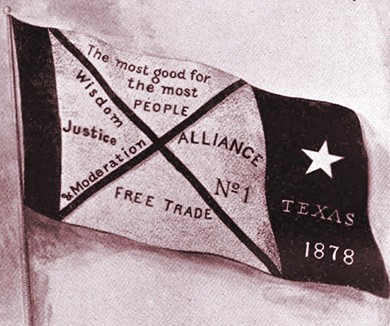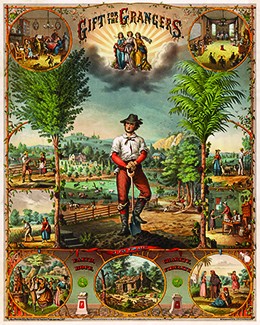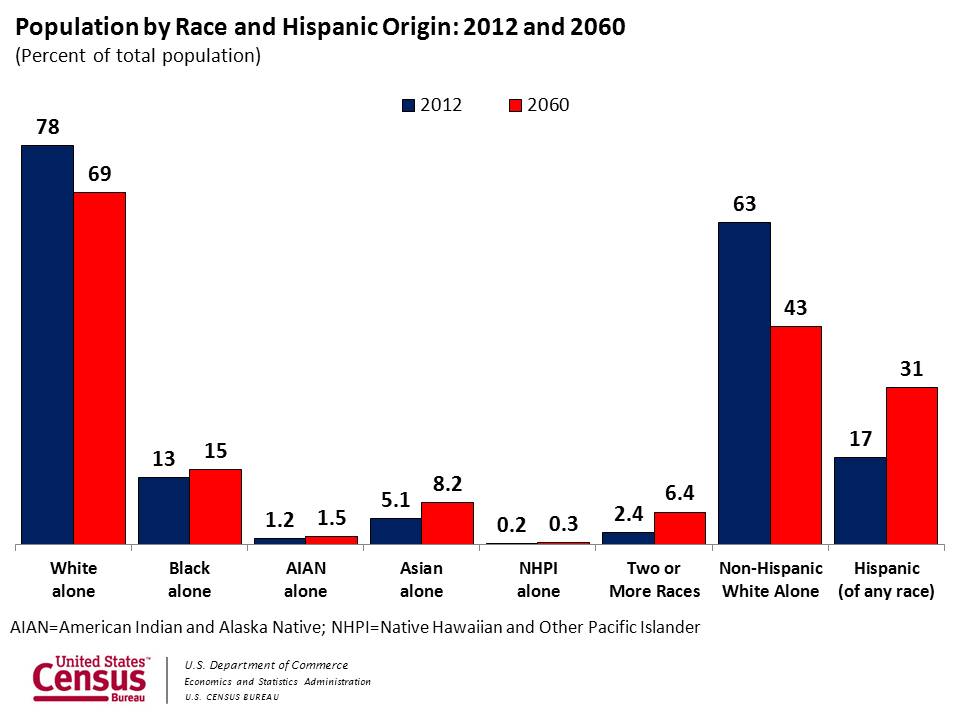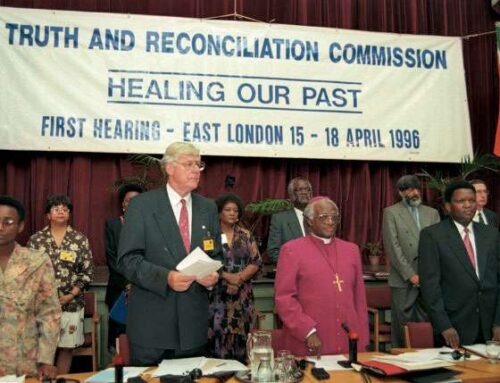A Brief History of “Populism”
Nothing exists in a vacuum. Like most things, Populism’s creation and usage were born from historical events. During the 19 century, America had a civil war then the country expanded, the railroad increased through the country, and the number of people raised to 62 million. As a result, the people decided to work on the farming fields to cover their need for food. To improve the farming sectors, civilians took loans from Eastern banks, the farming did not succeed to cover the civilian’s debt, and the railroad origin owners asked for transportation costs. As a result of all of this, farmers decided to stand and ask for their rights as people from the federal government, and reduce the monopoly of the railroad owners. So the concept of populism was first raised by a farmer from Kansas, the center of the concept is people, and in the first stage, it was based on the alliance between farmers, union leaders, and working organizations against the federal and monopoly policy of the elites. But to what extent could populism and its basis empower and support minorities, if we supposed that majority is the elites and the minority is the people.

The Farmers’ Alliance flag displays the motto: “The most good for the most PEOPLE,” clearly a sentiment they hoped that others would believe. The picture source is : US History II (OS Collection)
Populism Definition and Main Features
populism definition is under a developing process. Even though it has main common trends; according to Cas Mudde:” Populism presents a Manichean outlook, in which there are only friends and foes. Opponents are not just people with different priorities and values, they are evil”(P544). Generally, the elites are an evil harmful side, and it has no positive interaction with people, populism based on the complex relationship between peoples and elites. Even though Cas Mudde don’t depend on this negative interpretation of the relationship between peoples and elites, he said:” I define populism as an ideology that considers society to be ultimately separated into two homogeneous and antagonistic groups, ‘the pure people’ versus ‘the corrupt elite’, and which argues that politics should be an expression of the volonté générale (general will) of the people”(P.543). So there are two groups, but there is a kind of regulation of the relation between them, the regulation has to be based on the common concern of the group members.
Furthermore, Elites versus people is a status that extends far from the political situations. For instance, in the cases of states that involve majority and minority populations, the power will be more for the majority who represented the elites who have more control and power, while the minority represented the people in the populism definition. Although, it is true that the relationship between minority and majority are a reflection of Cas’s definition of populism, for example, according to World Directory of Minorities and Indigenous Peoples “ Hispanic or Latino: 50.5 million (16.3 percent of the population, including Mexicans 10.3 percent, Puerto Rican 1.5 percent, Cuban 0.6 percent and Other 4.0 percent)” Latino is separated minority group from the majority in the US, but at the same time Latino tries to apply Cas’s definition of populism via have more homogeneous relation with the majority.
On the other hand, Cas in his article clarified more features of populism. First, he said:” Although populists can be emancipatory, they do not want to change the people themselves, but rather their status within the political system. Populists (claim to) speak in the name of the ‘oppressed people’, and they want to emancipate them by making them aware of their oppression”(P546). This feature is useful in the case of the minority who are trying to coexist with the majority without losing their ethnic or linguistic origins. For example, Suzanne Gamboa in her article indicated to Latino minority problem in America. She said:” John Kelly said last year that Central Americans crossing the border are “not people who would easily assimilate.” NBC journalist Tom Brokaw recently said Hispanics “should work harder at assimilation,” and should make sure their children learn to speak English”. This kind of discrimination based on linguistic differences could be reduced by promoting populism features. Another feature of populism mentioned by Cas is that people with a populism approach:” they want to be heard in the case of fundamental decisions, but first and foremost they want leadership. They want politicians who know (rather than ‘listen to’) the people, and who make their wishes come true”(P558). People want true governmental representatives who are taking into consideration people’s needs as a priority. This is useful in the case of minorities because minorities are always trying to raise their voice and needs, they don’t want to be an ignorant body in the country, they want to play roles in the fundamental political issues, while their main concern is finding true representatives who represent them in a correct and comprehensive vision.
To conclude; Populism according to Cas is allowing the existence of both elites and people, while focusing on regulating the interactions between both of them to guarantee the people’s public interests. Additionally, it’s true that elites and people could have various forms. For instance, the majority and minority in the same state could exploit some of the populist features to create a sense of coexistence.
Work cited
- Mudde, Cas (2004) Populist Zeitgeist, Government and Opposition, Blackwell Publishing.
- Gamboa, Suzanne, “Racism, not a lack of assimilation, is the real problem facing Latinos in America”, NBC News, Feb. 26, 2019, 3:41 PM EET, https://www.nbcnews.com/news/latino/racism-not-lack-assimilation-real-problem-facing-latinos-america-n974021
- ‘United States of America(World Directory of Minorities and Indigenous Peoples)”, Minority Rights Group International, https://minorityrights.org/country/united-states-of-america/








